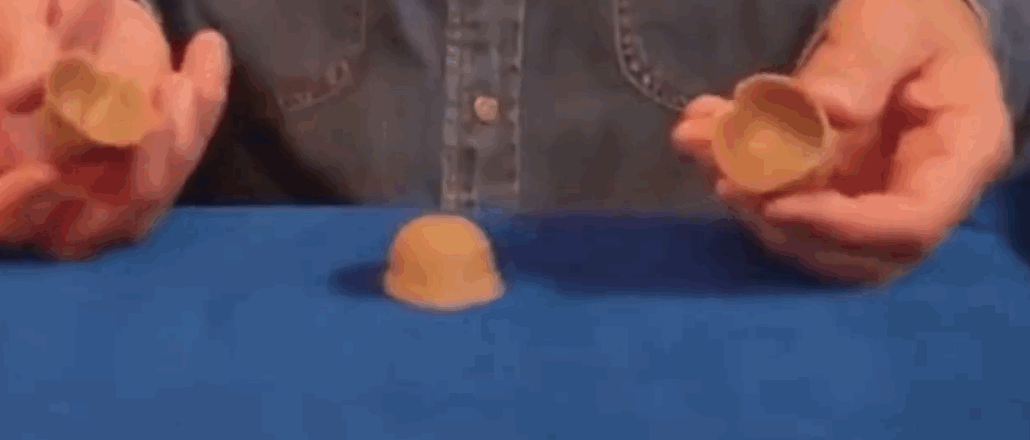
The rise of programmatic advertising has been accompanied by aggressive moves by agencies to reclaim profit margins shrunk over the years by client belt-tightening.
But it’s also caused some clients to question whether they’re being hoodwinked by their agencies — and whether they know enough of where their ad budgets are going and why. The Association of National Advertisers, for instance, released a survey showing it is a leading concern among marketers.
It’s one of the major themes being discussed at the Digiday Agency Summit, taking place this week in Austin. Some of the industry’s brightest minds are talking about agencies’ roles in assuaging client concerns about how paid work is labeled, and whether programmatic is creating trust issues between shops and their clients. We asked attendees to weigh in.
Brian Ko, managing partner, digital, MEC
Most would likely answer with a yes, especially in digital and/or programmatic buying. But I’d imagine it’s also a reflection of many client-agency relationships, relationships built around transactions rather than true partnership level relationships. Then, I think the transparency issues are really trust issues. Ultimately, a healthy partnership between a client and an agency should be able to answer simple questions like: “Where are my ads running, generally, and why,” “Who is seeing them,” “Who (type of vendors) are involved,” and “Are they truly delivering on the results and KPIs?” Establishing clear objectives and agencies guiding their clients on the process should minimize the transparency questions. After all, we are in the communications business.
Rob Reifenheiser, head of North American media, Essence
Agency trading desks are a real issue. Call it arbitrage or whatever, but it involves the agency first buying media, then using tech and people to segment that audience, and finally reselling the media at a premium. But how much is that premium? Is that premium worth it? If you slap on a cookie and write an algorithm, is it worth a huge mark up? Good question for your agency. Except, they are your buyer and your seller. Here’s a good question for clients, “How often has your agency recommended against their trading desk?” There’s no transparency of margin or of what’s influencing their recommendation. In the new media ecosystem, transparency is the new trust.
Greg Fischer, evp, media, Swirl
We see transparency as a challenge, more than a problem. It takes time and due diligence to find partners who can deliver the audience we want as well as a clear view of the content sourcing. This is particularly challenging when building efficient, transparent campaigns, for demand generation projects. Our team spends a lot of time vetting suppliers, really “getting under the hood” to see how they source their impressions and understanding the back end reporting view.
David Armano, global strategy director, Edelman Digital
Most of our paid work is done either in social or in native format via media companies or other partners. I think it’s less about the agencies being transparent and more about the media partners clearly calling out sponsored posts or content in both these scenarios. Since both areas are still relatively new and sometimes difficult to discern what’s paid vs. not, we advocate for clear labels. But currently standards are also emerging as well.;
More in Marketing

New partnerships, marketing fuel BNPL’s holiday surge
This holiday season, more brands deployed BNPL services with different payment options beyond the more familiar “pay-in-four” structure.

Pitch deck: How Amazon is recasting Twitch as a core part of its CTV pitch
Amazon is positioning Twitch as a defining asset in its CTV ambitions.

Netflix transforms former mall department stores into experiential venues
The location in Dallas opens this week, and one at the King of Prussia mall near Philadelphia opened last month.





